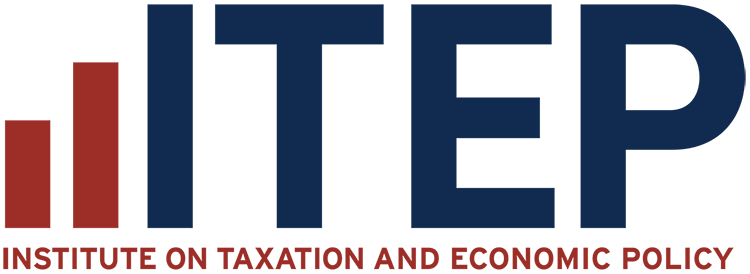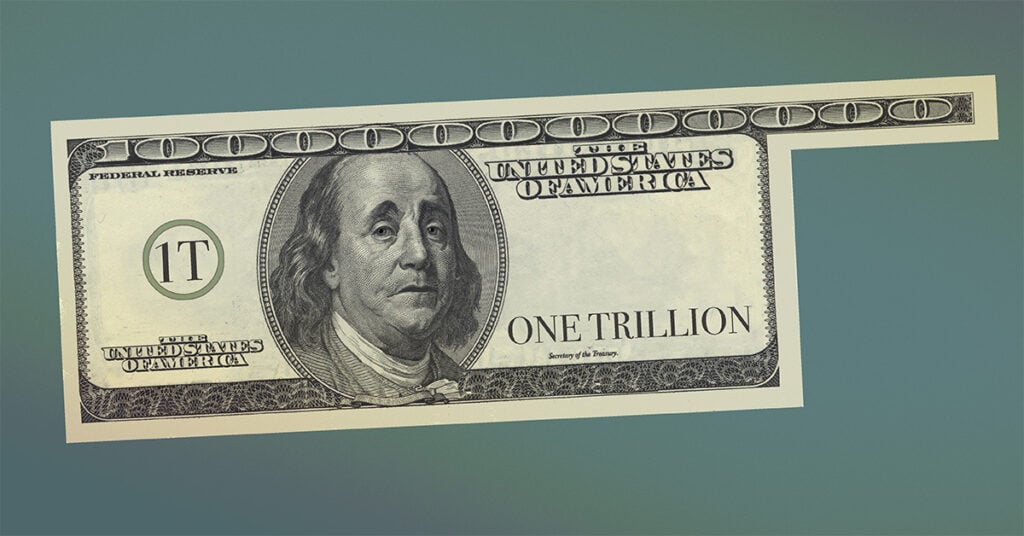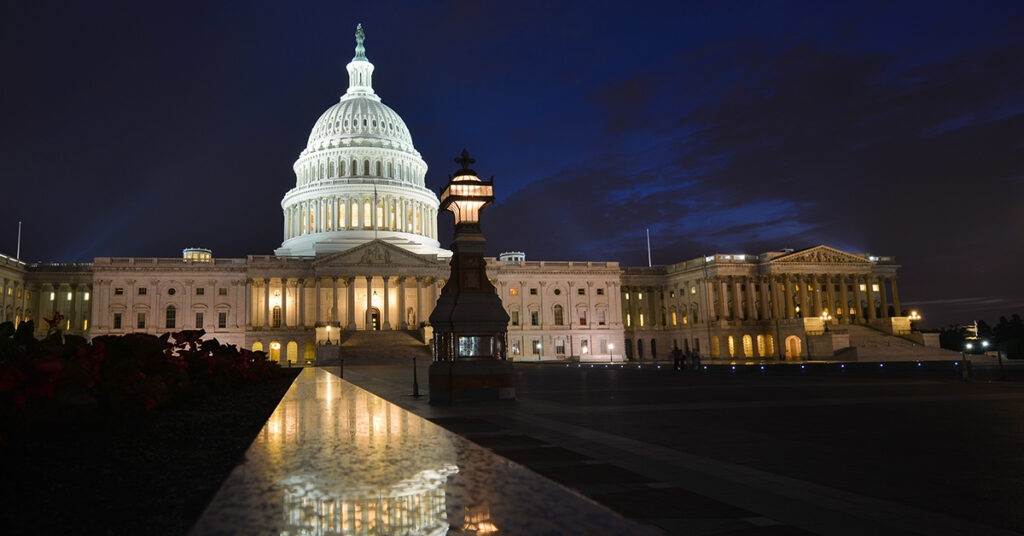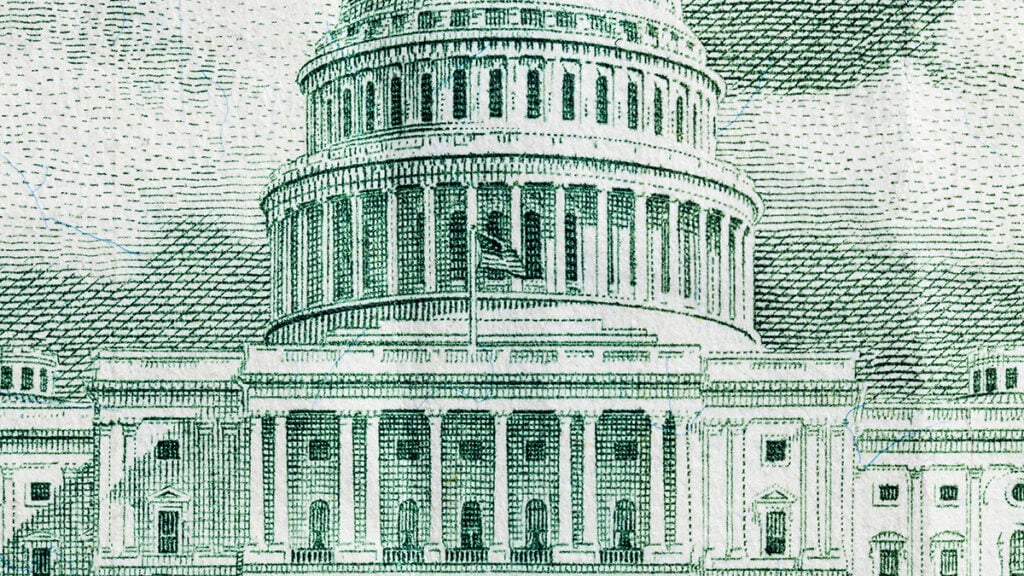President Trump has ignored laws enacted by Congress and the Constitution on so many occasions – to withhold appropriated funds from agencies, to use the criminal justice system to prosecute his political opponents, to summarily deport individuals, to blow up boats full of people off of South America – that one might be forgiven for not noticing how his administration is also ignoring parts of our tax laws to benefit corporations and the wealthy.
This is astonishing given how generous our tax laws already are to corporations and the wealthy, especially in the wake of the so-called One Big Beautiful Bill Act (OBBBA), enacted by Trump and his Congressional allies this summer. OBBBA cuts personal income taxes, corporate income taxes, and estate taxes for the richest 1 percent by a trillion dollars over 10 years. The richest 5 percent will receive nearly half the new law’s tax cuts next year.
Apparently, that is not enough.
As Jesse Drucker reported in the New York Times, Trump’s Treasury Department is going even further, issuing regulations that go far beyond the department’s constitutional role in interpreting tax statutes and is now making policy on its own – to the benefit of those who least need any favors.
Much of Treasury’s recent mischief involves weakening the Corporate Alternative Minimum Tax (CAMT), which is supposed to ensure that the largest corporations pay federal income taxes equal to at least 15 percent of the profits they report to investors, regardless of what tax breaks they can use under the regular tax rules. But the Treasury has recently proposed regulations to limit the CAMT’s impacts on cryptocurrency companies, energy companies, and private equity firms, according to the Times.
The CAMT, enacted as part of President Biden’s Inflation Reduction Act in 2022, includes several exceptions. That, combined with the near limitless corporate resources devoted to trying to avoid taxes, made it inevitable that the Treasury Department would be tasked with filling out complex rules needed to implement the CAMT.
But the Treasury Department’s recent proposed regulations are so far outside of any reasonable interpretation of the Inflation Reduction Act provisions creating the CAMT that even business-friendly tax experts are starting to be embarrassed by it.
“Treasury has clearly been enacting unlegislated tax cuts,” Kyle Pomerleau at the American Enterprise Institute told the Times. “Congress determines tax law. Treasury undermines this constitutional principle when it asserts more authority over the structure of the tax code than Congress provides it.”
An unconstitutional power grab by the executive branch must be awfully extreme for the American Enterprise Institute – a think tank that consistently favors lower corporate taxes – to oppose the tax breaks that result from it.
If the Trump era has taught us anything, it’s that things can always get worse. And when it comes to this administration circumventing the law to give more tax breaks to corporations, they almost certainly will. Several corporations are currently clamoring for the Treasury Department to create even more exceptions to the CAMT out of thin air to prevent it from scaling back the tax cuts they can receive from the new Trump tax law.
That law includes several tax breaks that cut corporate taxes in different ways, but with few exceptions, OBBBA’s drafters left the CAMT alone. This means some corporations expecting a tax cut from Trump’s new law are realizing that such tax cuts might be limited by the CAMT.
Given that Trump and his allies in Congress wanted to cut corporate taxes, it is not clear why they left the CAMT in place. One possibility is that the haste and chaos around drafting the legislation and passing it left little time to think through its implications. Another possibility is that Trump and OBBBA’s drafters decided to leave the CAMT in place to restrain the projected cost of their legislation even though they planned all along to effectively repeal it through regulations.
While the precise mix of incompetence and treachery will probably never be known, the result is that several corporations are now complaining that they are unexpectedly burdened by receiving somewhat smaller tax breaks than they expected from OBBBA due to way the CAMT interacts with it.
One of the biggest complaints is that an OBBBA provision rewarding them retroactively for research they carried out in the previous years is not as lucrative as expected because of CAMT limits.
OBBBA provides research expensing, a permanent tax break that proponents argue encourages companies to do beneficial research. But the OBBBA provision providing this tax break retroactively, for research already done, obviously does not encourage companies to do anything and is instead a windfall with no clear rationale. This retroactive application, because of the way it piles up deductions for several previous years of research in a way that differs from how profits and taxes are reported to investors, triggers the CAMT for some companies.
The corporate lobby has pressed the Treasury Department to create exceptions to the CAMT to allow them to fully benefit from this tax incentive to encourage research that they did in the past. One prominent corporate trade association even claims with a straight face that the legislative text of OBBBA authorizes Treasury to do this.
They cite the OBBBA provision that says, “the Secretary of the Treasury (or the Secretary’s delegate) shall publish such guidance or regulations as may be necessary” and other such boilerplate instructions to Treasury that in no way, shape or form allow for specific exceptions from the CAMT. It seems that no one is even trying to pretend anymore that this administration is bound by the rule of law.





